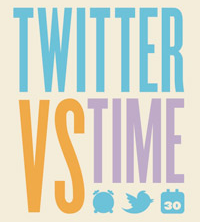At the Data Journalism Blog, we admire people who take on a challenge for the sake of open data. This month we found someone who really take the data love to the extreme and decided to collect as much data about himself as humanly possible.
Walking in the steps of Nicholas Feltron, who is famous for publishing yearly reports that visualise his own personal data, US statistician Chris Volinsky started his experiment on 16 November 2011 on his blog “My Year of Data”.
The aim of this project fits very well the approaching new year’s resolutions: Volinsky is using his online platform as a log in his journey to an healthier lifestyle.
Volinsky explains that measuring his behavior on a daily basis would ultimately help change the behavior itself.
A great social experiment then that will try to figure out whether publishing personal data on the open web could influence our daily routine and help us change our bad habits. But a great data project too that promises some good visualisations opportunities!
Volinsky will open source the data, making it public in case anyone else wants to analyze it.
His first post was quite compelling and self-explainatory so we thought we should feature it here and ask your comment on this unusual enterprise…
Me.asured
My name is Chris. I am 40 years old. I am 5’9 1/2″ and weigh 174 pounds. I walked 9,048 steps and have consumed 1,406 calories today (so far).
Why am I telling you all this? This is my first entry in what (I hope) will be a year long experiment with self-measurement. I’m calling it My Year of Data. The plan is to record and publish as much of my “daily data” as I can. This includes things I do, foods I eat, how I feel, and almost anything else I can think of. I’ve created the blog to document my experience and progress.
I came up with the idea recently when I realized that right now I am heavier than I have ever been in my life. Not by alot, mind you. Roughly, I have gained about 1 pound per year for about the last 15 years. For those of you who know me, I dont think you would call me overweight. But if you go to your favorite BMI calculator, and enter in my stats above I have a BMI of 25.3, which officially classifies as overweight.
What I also realized is that in previous attempts to lose weight, I have been most successful when I keep a log of my weight daily. By knowing that I was going to have a weigh-in every day, it made me conscious – every day – of what I ate, since I did not want a bad measurement the next morning. Similarly, if I tracked my exercise patterns, it made me want to exercise more.
In other words, for me there is kind of a Heisenberg’s Uncertainty Principle of health. The fact that I was measuring my behavior would change the behavior itself.
Additionally, the more public I am with my efforts, the more successful they are. If I declare to my wife on Sunday “I plan to eat really healthy this week!”, then I am more likely to follow through. The public declaration of an intent makes it harder to blow it off.
So, putting it all together, and I figured I would go to the next logical extreme via a grand experiment. I plan to collect, analyze, and share as much data about myself as possible, for a one year period. I will open source the data, making it public in case anyone else wants to analyze it. I’ll try to set goals and document my progress towards them. You dont get more public with your goals than putting them on a blog!
Part of the fun for me will be the data (I am a statistician after all). I’m hoping there will be interesting trends to find and things to learn about myself – and maybe more generally about health. [Read more…]
Tell us what you think of this project in the comment section. If you’ve come across a similar experiment, we’d like to hear about it so share along!
 Michaela Gruber is a journalism and media management student, based in Vienna, Austria. During her studies she spent a semester abroad in France, where she started working for HEI-DA.
Michaela Gruber is a journalism and media management student, based in Vienna, Austria. During her studies she spent a semester abroad in France, where she started working for HEI-DA.

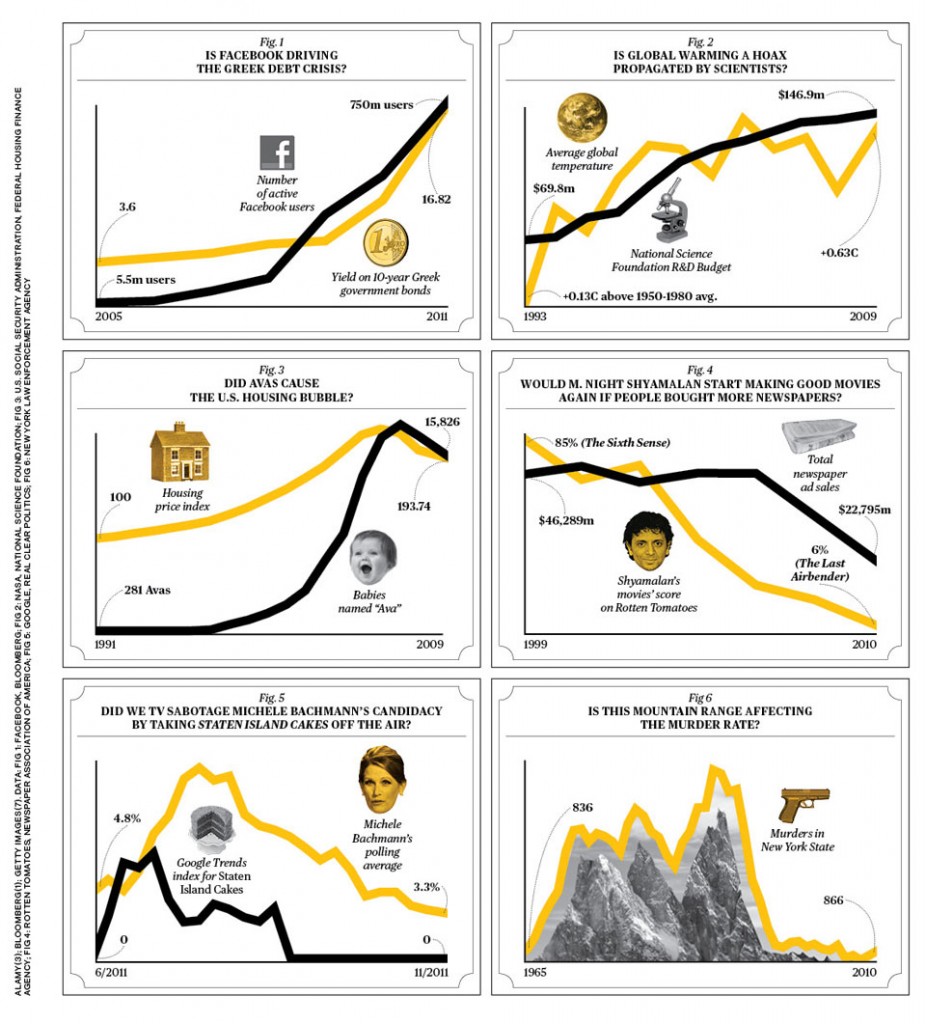






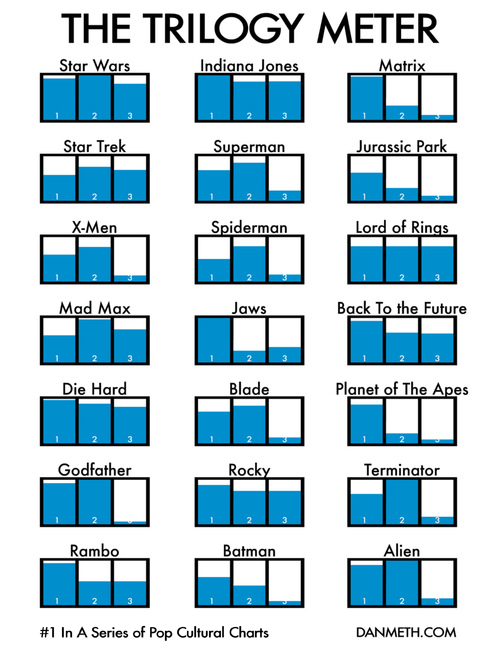

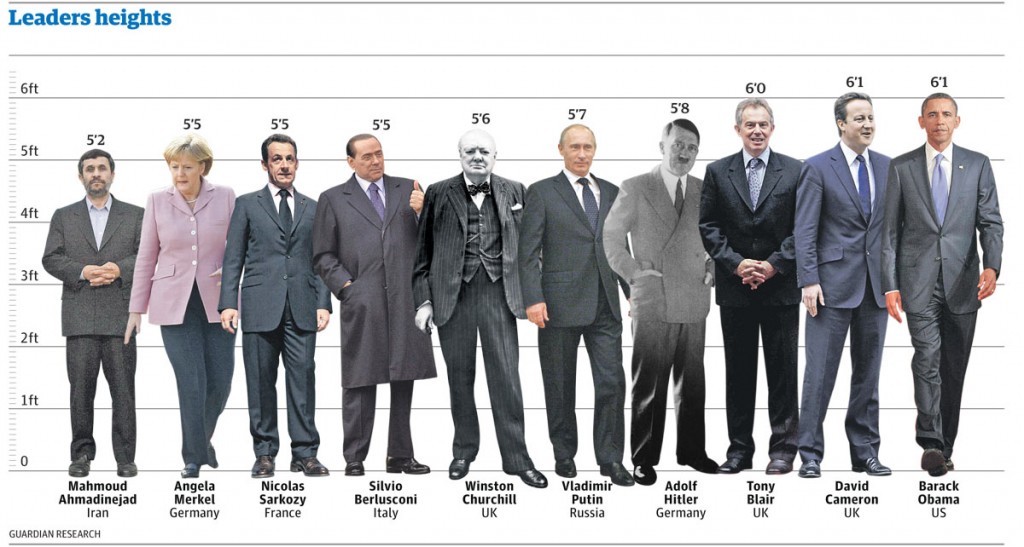
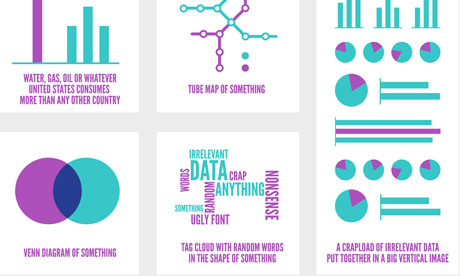
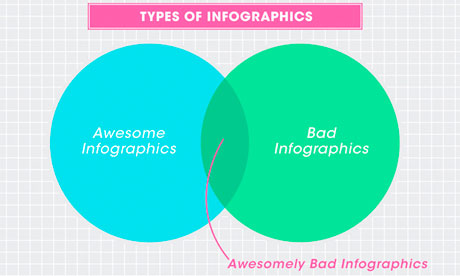 Awesomely bad infographics from
Awesomely bad infographics from 